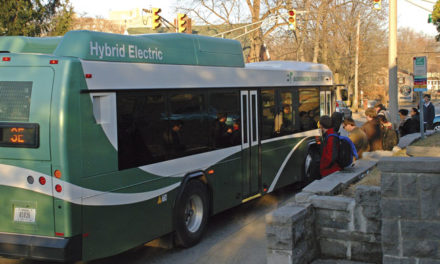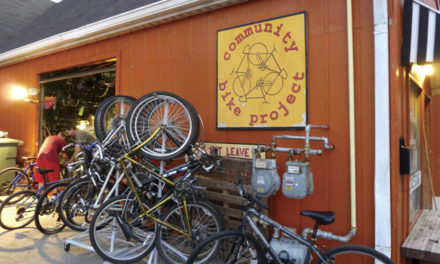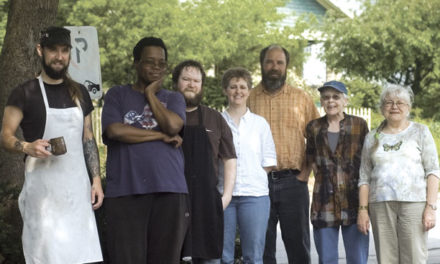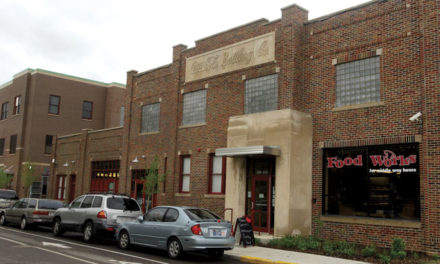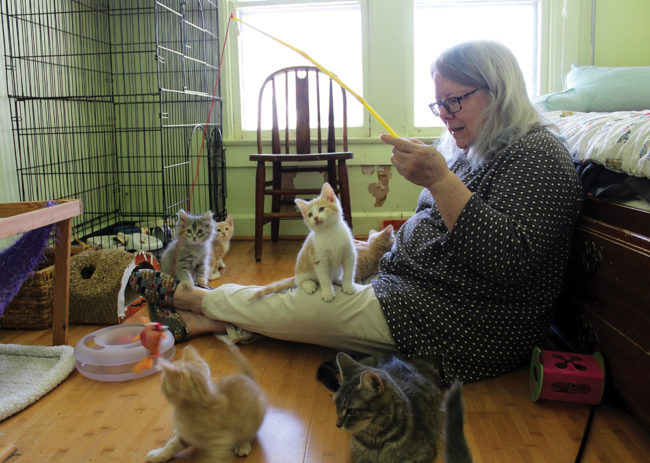
by JULIE GRAY
Spring and summer see an increase in the number of newborn animals. Both WildCare, which rehabilitates wild animals, and City of Bloomington Animal Care and Control rely on volunteers to foster young animals in their homes. Bloomington Animal Shelter manager Julia Eppley says, “Without those homes offering daily care during a critically high-volume time, our organization would not have nearly so many positive outcomes.”
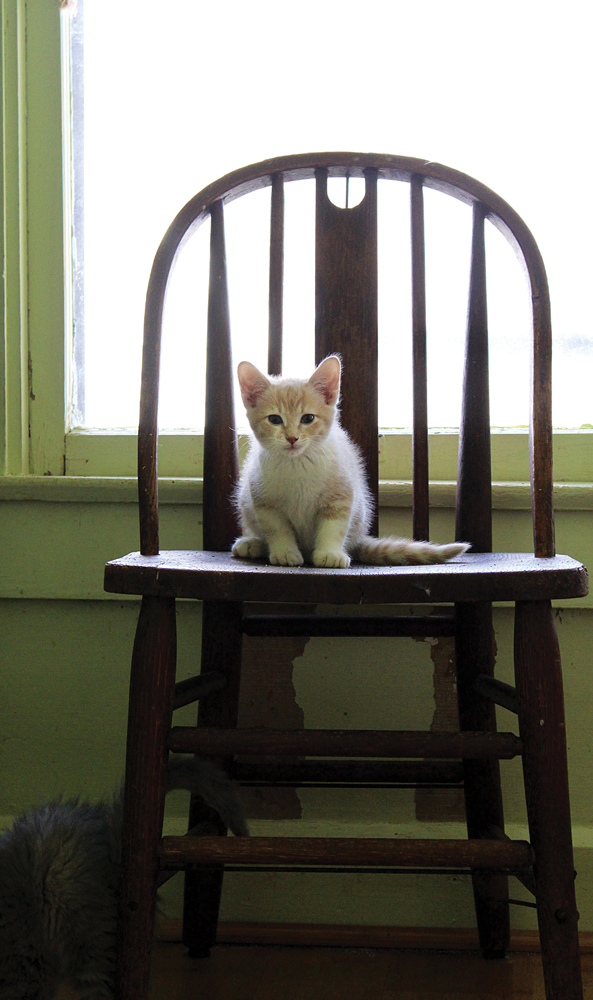
Casey Green has fostered more than 36 puppies and dogs for the Bloomington Animal Shelter. An office coordinator for the Indiana University human biology program, Green started fostering about nine years ago.
Until November, she’d never had a “foster fail,” the term used when a volunteer decides to keep an animal they’ve fostered. But Green’s eye was caught by a calm and super-smart hound/lab pup in her foster litter of seven. Although she dutifully returned the entire litter to the shelter, Green says, “After a few hours of agonizing, I emailed the shelter and asked to put in an adoption application.”
It appears her cat, Trina, was none too happy to see the pup, named Eleanor Jane, return. “She was like, ‘We agreed these were going to be temporary,’” Green says.
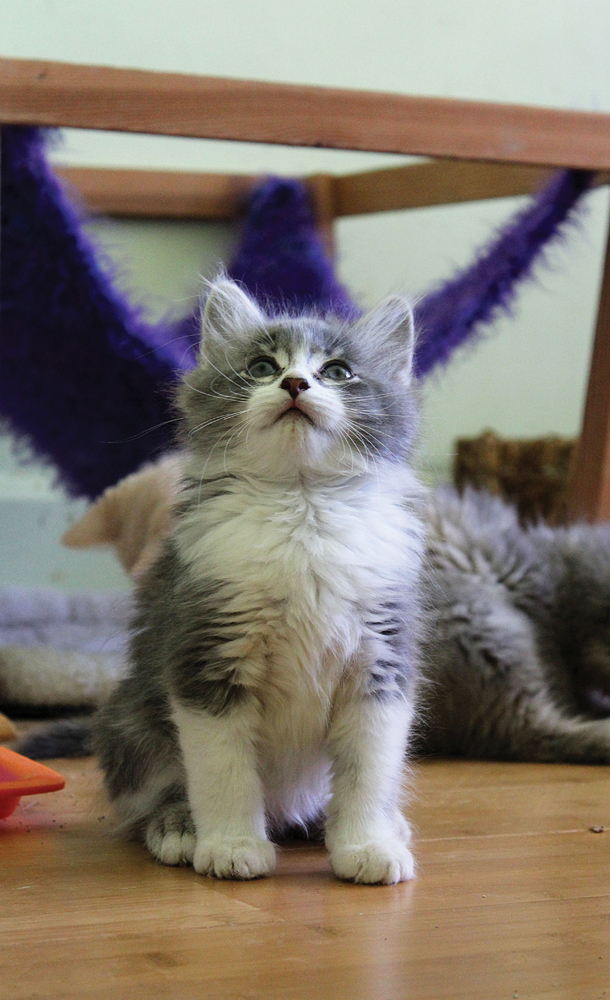
Volunteer Nola Hartman, a former reference librarian who retired from the Monroe County Public Library, has fostered 430 cats and kittens for the Bloomington Animal Shelter since 2004. She has the operation down to a science. Mother cats and their newborns occupy a bathroom with a clawfoot tub; older kittens have a room of their own.
Hartman uses her Facebook page to get out the word about her fosters. “I’ve made such good friends with people who’ve adopted my kittens,” she says. “They send me pictures of their grownup kitties.”
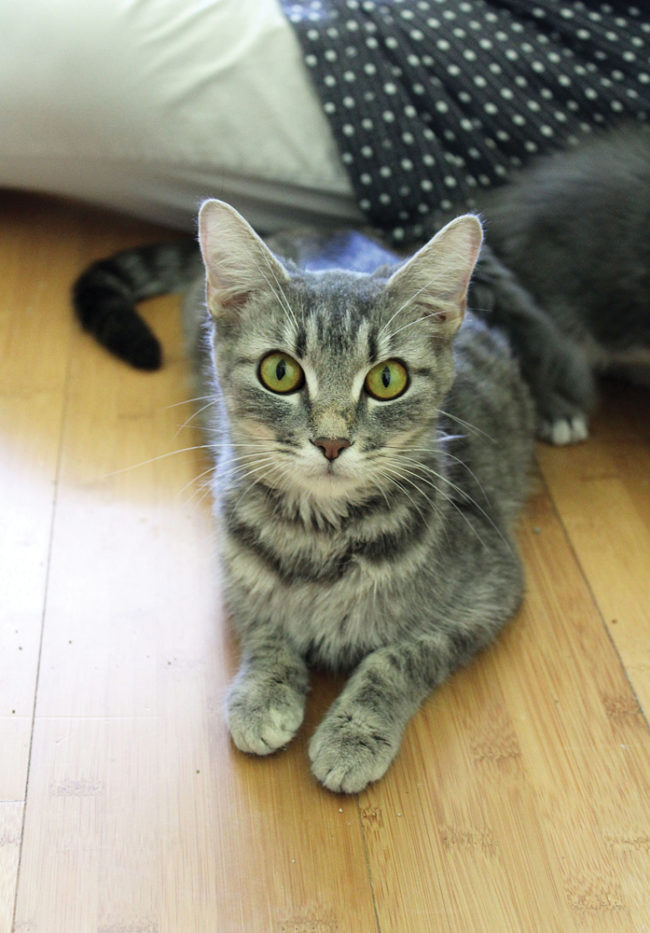
Longtime WildCare volunteer Jeanne Payne-Harvey, a retired nurse, and her daughter Courtney Payne-Taylor, specialize in fostering wild rabbits—up to 500 each year. The babies, or kits, are born with their eyes shut. If they’re orphaned, they need to be bottle-fed two to three times a day. The two handle the kits as little as possible to ensure they don’t become accustomed to people. But they grow up fast; give them a month and they’re ready to be released into the wild.
And it’s not just wild things the two women have a thing for. They also foster cats, kittens, and domestic rabbits for the Bloomington shelter.


